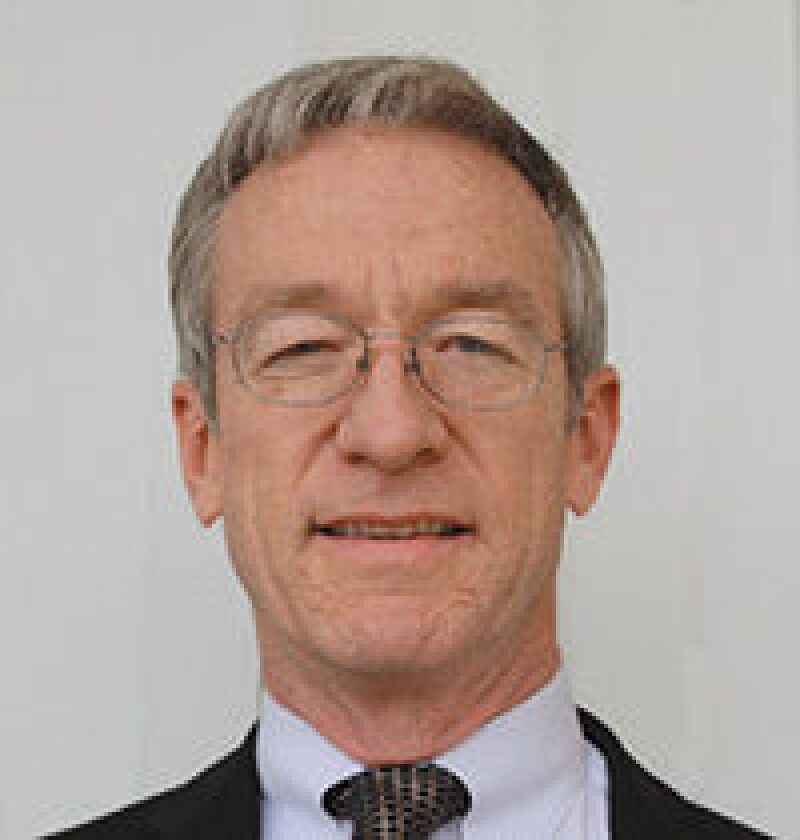Summer jobs working on drilling rigs in western Oklahoma and California in 1980 and ’81 were great adventures. High oil and gas demand meant major and independent operators used some of the latest, state-of-the-art rigs to probe deep into high-pressure reservoirs. Planning and executing wells back then was a manual process with experience, horsepower, pencil, and calculator. My adventures continued after I graduated from college in 1982. Ever-evolving drilling, completion, and subsurface technology characterized the years that followed.
Fast forward to February 2020. “The more things change, the more they stay the same,” the old-timers might say. In many field locations today, old-school machinery and processes remain in place. However, we see artificial intelligence (AI), data analytics, machine learning, and related advancements transforming our industry. These developments have been headlines for several years now but will take more time to reach full fruition. Experts agree this is just the beginning. Jensen Huang, chief executive officer and founder of Nvidia, highlighted this during a CNBC interview in November. “We are at the beginning of the AI revolution, one of the most powerful technological forces of all time,” he said. “We’ve created the ability for computers to understand the code of human knowledge. All industries will be transformed.” Huang, an AI visionary, showed a 4D simulation of an unmanned Mars landing craft on final approach going from 12,000 mph to zero in 6 minutes. Such visionaries are also working in upstream exploration and production to achieve remarkable advancements.
A focus on drilling innovation reveals no shortage of SPE papers that exemplify these exciting trends. Without exception, the featured articles reflect increased volumes of surface and downhole data that are being captured and analyzed to enable deep learning, improved efficiency, safety, and value. As noted in paper OTC 29487, oil and gas companies are creating layers of digital knowledge enabling a new generation of AI-driven applications. New insights into mitigation of drillstring vibration, well-control events, and rate-of-penetration optimization follow. Managed-pressure drilling remains a persistent trend that continues to evolve across onshore, offshore, and geographical boundaries, opening new frontiers once seen as out of reach. One need not look to outer space to imagine the extent of breakthroughs to come in the not-too-distant future.
This Month's Technical Papers
Real-Time Measurements Improve Managed-Pressure Operations in HP/HT North Sea Well
Real-Time Data From Wired Drillpipe Leads to Improvement in Drilling Performance
Artificial Intelligence-Driven Timelines Help Optimize Well Life Cycle
Recommended Additional Reading
SPE/IADC 194535 Nitrogen-Cap Drilling: A Managed-Pressure-Drilling Alternative for Highly Fractured Carbonate Reservoirs by Alexey Podust, Tengizchevroil, et al.
SPE 196166 Standardization: Successful Implementation of Driving Consistency in Deepwater Operations by Daniel A. Durey, Shell, et al.
SPE 197942 Innovative Digital Well-Construction-Planning Solution Enhances Coherency and Efficiency of the Drilling-Design Process by Waldemar Szemat-Vielma, Schlumberger, et al.

| Michael H. Weatherl, SPE, is an engineering consultant and president of Well Integrity in Scott, Louisiana. He holds a BS degree in petroleum engineering from The University of Tulsa and has been a registered petroleum engineer in Texas since 1993. Before starting Well Integrity in August 2014, Weatherl worked as a drilling and completion team leader for Hess’ New Ventures Unit in Houston following assignments in Norway and offshore Americas. Before Hess, he worked for 25 years for Chevron, including in a number of positions in production and drilling in Louisiana and Texas. Weatherl is a member of the JPT Editorial Committee and serves on the SPE Deepwater Drilling and Completion Conference Committee. He has been a member of SPE for more than 30 years, has authored several papers, and served as a technical editor for SPE Drilling & Completion from 1991 to 2013. Weatherl can be reached at weatherlsr@yahoo.com. |


